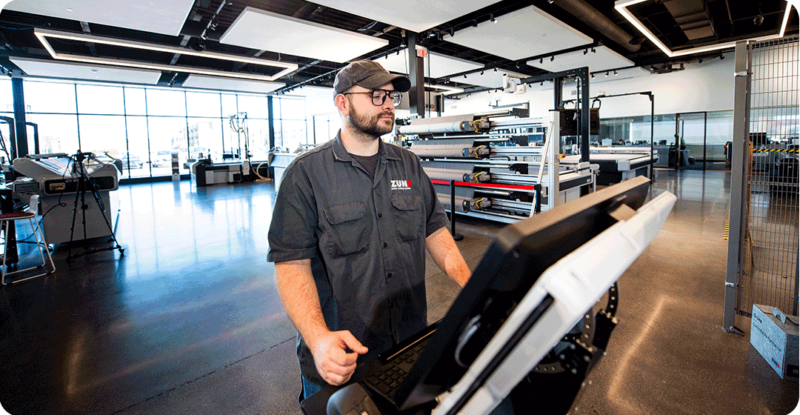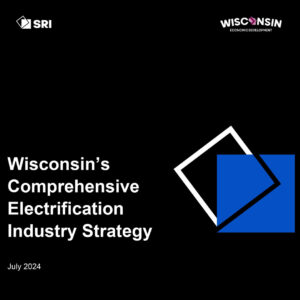
Report calls for closer ties between state’s manufacturing, R&D sectors
MADISON, WI. JULY 18, 2024 – Wisconsin holds a major lead in electrification – the powering of everything from postal trucks to lawn mowers with electricity instead of fossil fuels – but its long-term success depends on improving collaboration between the state’s manufacturing and research and development sectors, according to a report released today by the Wisconsin Economic Development Corporation (WEDC).
With nearly 25,000 workers making electric motors and generators, relays and industrial controls, and other engine-related parts, Wisconsin has nearly six times the concentration of jobs and industry in the field of power electronics as the entire U.S., the report states.
The sector’s strength here is due to Wisconsin’s “rich history in power electronics research, development, and manufacturing (that) is shown by the plethora of companies and academic institutions that are actively involved in electrification technology development,” the report concludes.
The report cautions, however, that “Wisconsin’s strength in power electronics and other electrification-related technologies is underrecognized both inside and outside of the state,” which may be preventing business and academic leaders from collaborating in ways that they could expand the state’s competitive advantages. That lack of communication is likely a factor in the industry’s stagnant growth in Wisconsin over the past decade.
The report calls for:
- Building institutional capacity by creating an electrification industry conference and creating a consortium of industry and academic leaders to advance research with commercial applications.
- Establishing a power electronics consulting team made up of industry leaders as well as a “hard tech” entrepreneurial mentorship network.
- Accelerating adoption and integration of power electronics by assisting manufacturers in purchasing equipment and space to help the state meet clean energy objectives, funding and promoting electrification efforts through R&D centers, expanding Wisconsin’s lead in electrification into related industries, and promoting electrification sector exports.
“In Wisconsin, we don’t like to brag about all the fields where we excel,” said Missy Hughes, secretary and CEO of WEDC, the state’s leading economic development organization. “But sometimes we need to celebrate our wins so we can ensure our continued growth.
 “Our state is in the enviable position of having all the pieces in place to make electrification a key component of our economic future,” Secretary Hughes added. “We have the manufacturers, we have a largely self-sufficient supply chain, and we have the expertise in research and development. Our global lead will continue to grow as our partners improve their communication and collaboration.”
“Our state is in the enviable position of having all the pieces in place to make electrification a key component of our economic future,” Secretary Hughes added. “We have the manufacturers, we have a largely self-sufficient supply chain, and we have the expertise in research and development. Our global lead will continue to grow as our partners improve their communication and collaboration.”
The report was prepared for WEDC by the Center for Innovation Strategy and Policy at SRI International as a follow-up to a report last year that examined the state’s role in manufacturing parts for electric vehicles.
The 2023 report found that more than 92,000 Wisconsin workers are employed in the automotive parts sector, with many of them working for small and mid-sized manufacturers. The report recommended assisting these companies as car and truck makers transition to electric vehicles.
A copy of the new electrification report can be found here.
